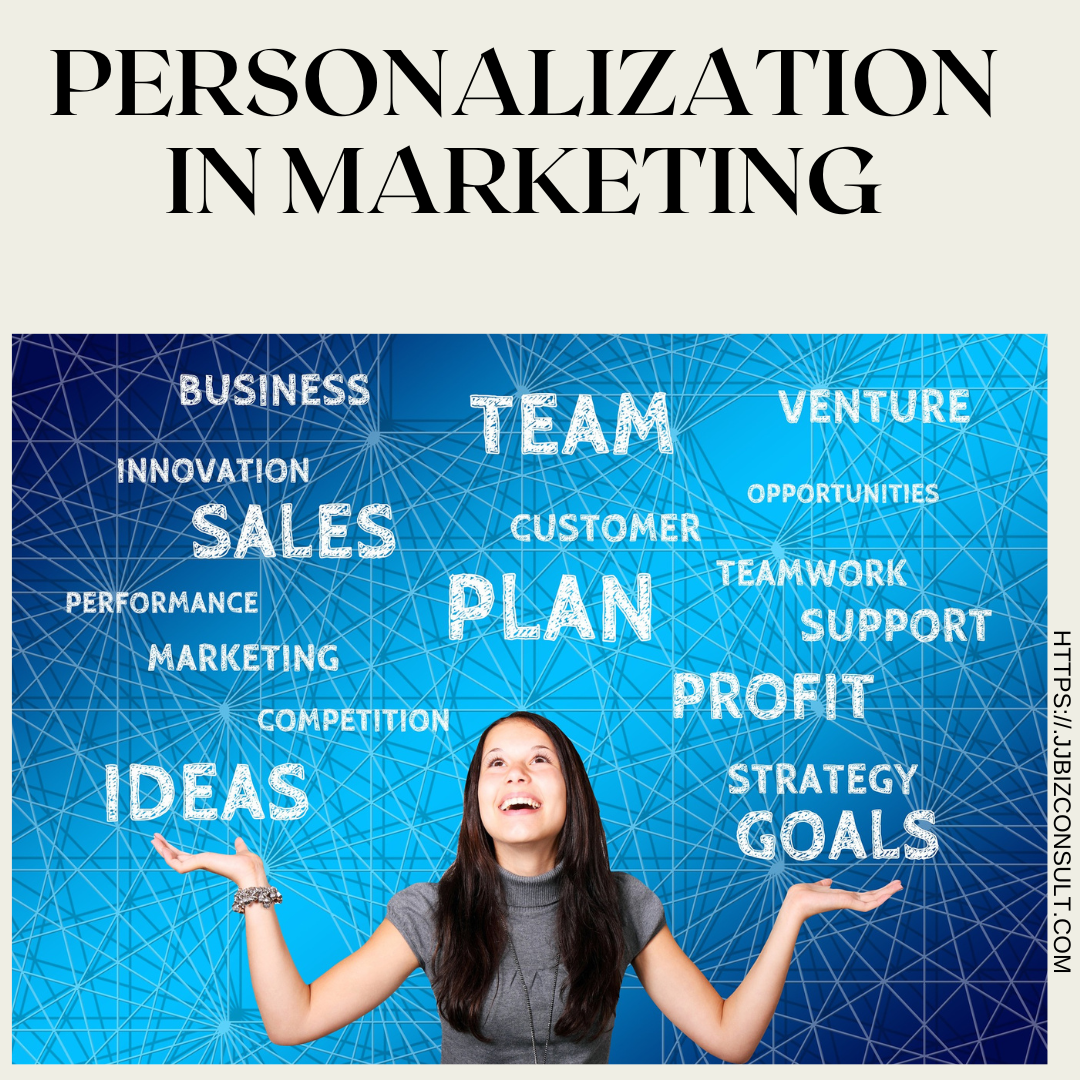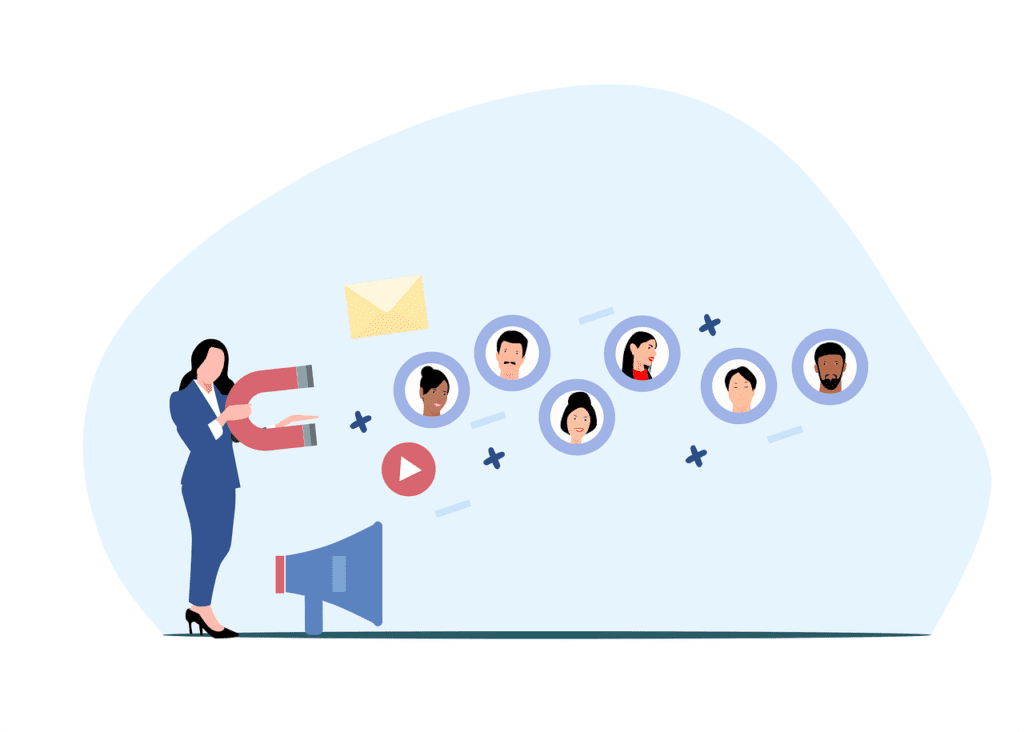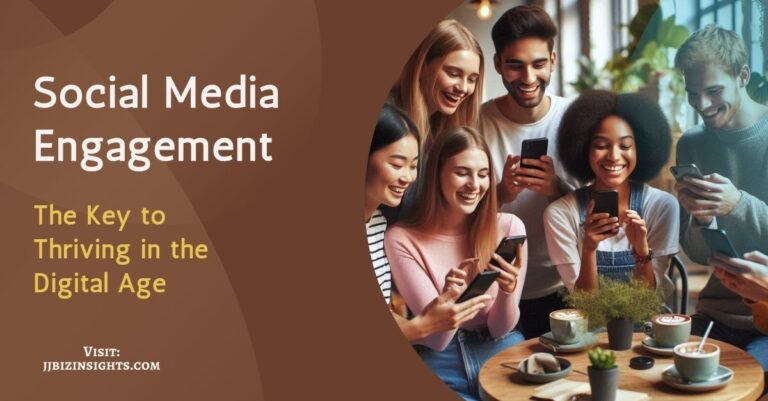
Personalisation in Marketing
Personalization in Marketing: How to Tailor Your Content. Personalization in marketing refers to the practice of tailoring your marketing content and messages to specific individuals or groups of people based on their interests, preferences, behaviors, and other demographic or psychographic factors. Personalization is an effective way to improve the relevance and effectiveness of your marketing efforts and connect with your audience on a deeper level. Here are some tips on how to tailor your content to your audience

Collect and analyze data
To personalize your marketing efforts, you need to have a deep understanding of your audience. Use data collection tools such as surveys, analytics, and customer feedback to gain insights into your audience’s preferences, behaviors, and needs.
Collecting and analyzing data is a crucial step in personalizing your marketing efforts. Here are some tools and techniques you can use to collect and analyze data:
- Surveys: Conducting surveys is an effective way to collect feedback and opinions from your audience. You can use online survey tools to create and distribute surveys and analyze the results. Surveys can help you gather information about your audience’s preferences, buying behaviors, and pain points.
- Analytics: Web analytics tools such as Google Analytics can help you track website traffic, user behavior, and other metrics. This information can help you understand how your audience is interacting with your website and identify areas for improvement.
- Social media analytics: Social media platforms provide analytics tools that allow you to track engagement, followers, and other metrics. This information can help you understand how your audience is interacting with your social media content and identify trends and opportunities.
- Customer feedback: Collecting feedback from customers through surveys, online reviews, and customer support interactions can provide valuable insights into their needs and preferences. This information can help you identify areas for improvement and tailor your marketing efforts to better meet their needs.
- CRM data: Customer Relationship Management (CRM) software can help you collect and organize customer data, including contact information, purchase history, and communication history. This information can help you personalize your marketing efforts and improve the customer experience.
- A/B testing: A/B testing involves creating two versions of a marketing campaign or website and testing them with different audiences to see which performs better. This technique can help you identify what works and what doesn’t and make data-driven decisions to improve your marketing efforts.
In summary, collecting and analyzing data is a crucial step in personalizing your marketing efforts. Use a variety of tools and techniques to gather insights into your audience’s preferences, behaviors, and needs, and use this information to tailor your marketing content and messaging.
Personalization in Marketing – Segment your audience
Once you have collected data, segment your audience into groups based on shared characteristics, such as demographics, interests, behavior, or location. This allows you to create personalized content that resonates with each group.
Segmenting your audience means dividing them into smaller groups based on shared characteristics or behaviors, which allows you to create personalized content that resonates with each group. Here are some ways to segment your audience:
- Demographics: Demographic segmentation involves dividing your audience based on factors such as age, gender, income, education level, or occupation. This information can help you create content that speaks directly to their specific needs and interests.
- Interests: Interest-based segmentation involves dividing your audience based on their hobbies, interests, or passions. This information can help you create content that appeals to their specific interests and increases engagement.
- Behavior: Behavioral segmentation involves dividing your audience based on their actions, such as purchase history, website behavior, or email interactions. This information can help you create personalized content and messaging that aligns with their previous interactions with your brand.
- Location: Geographic segmentation involves dividing your audience based on their location, such as country, region, or city. This information can help you create content that is tailored to their local interests and needs.
- Psychographic: Psychographic segmentation involves dividing your audience based on their personality traits, values, or attitudes. This information can help you create content that resonates with their specific beliefs and values.
Segmenting your audience allows you to create personalized content and messaging that speaks directly to their interests and needs, which can increase engagement and drive conversions. It’s important to remember that not all audiences are the same, and personalizing your marketing efforts can help you stand out from the competition and build stronger relationships with your customers.

Personalization in Marketing – Use personalized language and messaging
Use language and messaging that speaks directly to your audience’s interests and preferences. Use their names in emails, reference their previous interactions with your brand, and tailor your messaging to their specific needs.
Using personalized language and messaging is an essential component of effective marketing personalization. Here are some tips on how to use personalized language and messaging:
- Use their names: Addressing your audience members by their names in emails or other forms of communication can help create a sense of familiarity and build a stronger connection. This is especially true when you are sending emails to your subscribers or engaging with your customers.
- Reference previous interactions: Referencing your audience’s previous interactions with your brand, such as their browsing or purchase history, can help you create a more relevant and personalized message. This could involve using their previous purchase history to suggest related products, or referencing their browsing behavior to offer content that aligns with their interests.
- Tailor your messaging to their needs: Personalization involves understanding your audience’s needs and preferences and delivering messaging that resonates with them. This could involve offering tailored solutions to their pain points or using messaging that aligns with their specific interests.
- Use their preferred communication channels: Understanding how your audience prefers to receive information is crucial to effective personalization. Whether it’s through email, social media, or other channels, delivering content in the way that your audience prefers can increase engagement and conversion rates.
- Test and optimize: Testing different messaging and communication strategies can help you determine what works best for your audience. Use A/B testing to compare different messaging or communication styles, and optimize your messaging based on the results.
In summary, using personalized language and messaging involves understanding your audience’s needs and preferences and delivering messaging that resonates with them. By using their names, referencing previous interactions, tailoring your messaging, using their preferred communication channels, and testing and optimizing, you can create more effective and personalized marketing campaigns.
Personalization in Marketing – Customize your content
Create content that is tailored to your audience’s interests and preferences. This could be as simple as creating different versions of the same content for different segments or creating entirely different pieces of content for each segment.
Customizing your content is a key aspect of personalized marketing. When creating content, it’s important to tailor it to your audience’s interests and preferences, in order to increase engagement and drive conversions. Here are some ways to customize your content:
- Create different versions of the same content: One way to customize your content is to create different versions of the same piece for different segments. For example, if you’re creating an email campaign, you might create different versions of the email for different segments based on their interests, location, or behavior. This could involve using different images, headlines, or calls-to-action to make the content more relevant to each group.
- Create entirely different pieces of content: Another way to customize your content is to create entirely different pieces of content for each segment. This could involve creating blog posts, videos, or social media content that speaks directly to each group’s interests and needs.
- Use dynamic content: Dynamic content is content that changes based on the viewer’s characteristics or behavior. For example, you might use dynamic content in an email campaign to display different products or offers based on the recipient’s previous interactions with your brand.
- Personalize your visuals: Visuals can be a powerful tool for customization. By using images, graphics, and videos that reflect your audience’s interests and preferences, you can create more engaging and personalized content.
Customizing your content can help you create more relevant and personalized messaging that resonates with your audience. By creating different versions of the same content, creating entirely different pieces of content, using dynamic content, and personalizing your visuals, you can increase engagement and drive conversions. It’s important to continually test and optimize your content to ensure that it is effective in reaching your marketing goals.

Personalization in Marketing – Use targeted advertising
Use targeted advertising to reach specific segments of your audience with personalized messages and offers. This can help increase the effectiveness of your advertising efforts and drive more conversions.
Using targeted advertising is an important component of personalized marketing. Targeted advertising involves using data and analytics to identify specific segments of your audience and deliver personalized messages and offers to those segments. Here are some ways to use targeted advertising:
- Define your target audience: The first step in targeted advertising is to define your target audience. This involves using data collection tools such as surveys, analytics, and customer feedback to gain insights into your audience’s preferences, behaviors, and needs.
- Use segmentation to target specific groups: Once you have collected data, segment your audience into groups based on shared characteristics, such as demographics, interests, behavior, or location. This allows you to create personalized content that resonates with each group.
- Use personalized messaging and offers: Use language and messaging that speaks directly to your audience’s interests and preferences. This could involve using their previous purchase history to suggest related products, or referencing their browsing behavior to offer content that aligns with their interests.
- Use retargeting to reach engaged audiences: Retargeting involves delivering personalized ads to users who have previously engaged with your brand. This could involve targeting users who have visited your website or interacted with your social media content.
- Test and optimize: Testing different targeting strategies can help you determine what works best for your audience. Use A/B testing to compare different targeting strategies, and optimize your campaigns based on the results.
Using targeted advertising can help you deliver personalized messages and offers to specific segments of your audience, increasing the effectiveness of your advertising efforts and driving more conversions. By defining your target audience, using segmentation to target specific groups, using personalized messaging and offers, using retargeting to reach engaged audiences, and testing and optimizing, you can create more effective and personalized advertising campaigns.
Personalize the customer experience
Personalization should extend beyond just marketing messages. Use personalization to create a more personalized customer experience across all touchpoints, including website content, email marketing, social media, and customer service.
Personalizing the customer experience is an important part of creating a more personalized and engaging relationship with your customers. By personalizing the customer experience, you can make your customers feel valued, increase their loyalty to your brand, and ultimately drive more sales. Here are some ways to personalize the customer experience:
- Customize website content: Personalize your website content to reflect your customers’ interests and preferences. This could involve creating personalized product recommendations based on their browsing and purchase history, or displaying personalized content based on their location or language preferences.
- Personalize email marketing: Use personalization tokens to address your customers by name in your email marketing campaigns. Additionally, use data and insights from your customers’ interactions with your brand to create more targeted and relevant email campaigns.
- Use social media to connect with customers: Use social media to connect with your customers on a more personal level. This could involve responding to customer inquiries and comments in a timely and personalized manner, or creating social media content that aligns with your customers’ interests and preferences.
- Offer personalized customer service: Personalize your customer service by using customer data and insights to anticipate their needs and offer customized support. For example, if a customer has previously purchased a specific product, you could offer them support and advice on that product in the future.
- Use automation to deliver personalized experiences at scale: Use automation tools to deliver personalized experiences at scale. This could involve using chatbots to answer customer inquiries, or using triggered emails to deliver personalized content and offers based on customer behavior.
By personalizing the customer experience across all touchpoints, you can create a more engaging and personalized relationship with your customers. This can ultimately lead to increased customer loyalty, higher customer satisfaction, and more sales for your business.
Conclusion
In summary, personalization in marketing involves understanding your audience, segmenting them, and creating tailored content and messaging that speaks directly to their interests and preferences. By taking a personalized approach to marketing, you can build deeper connections with your audience and drive more conversions.
Embracing AI in Marketing: How to Leverage AI for Your Brand
The Latest Branding Trends You Need To Know




